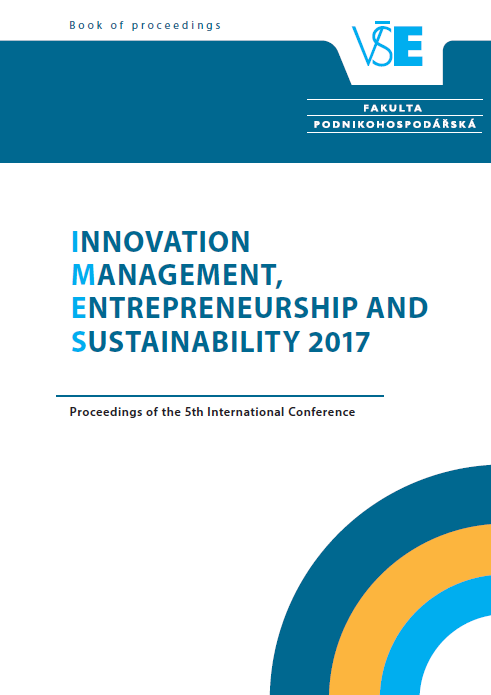
Sustainable Entrepreneurship: How to Measure Future Sustainability Impact for Early Stage New Ventures
Purpose: The paper provides an overview on existing measurement approaches and the respective suitability to predict, to support and thus to increase the future sustainability value generation of new ventures along the three domains: Economic, environmental and social impact. It aims to identify required complements and adjustments to close the existing gap of suitable measurement tools, determining holistic sustainability for new ventures.Design/methodology/approach: A systematic literature review is chosen to assess existing measurement tools, methods and concepts from theory across relevant disciplines. Scope of measurement and applicability in the described context are the main assessment criteria.Findings: The literature review reveals that I.) there is a lack of sustainability measurement tools appropriate for early stages of a new venture, II.) that holistic measurement tools, covering environmental, social and economic value generation, are needed and that III.) the relative improvement of generated value needs to be taken into account in order to allow a meaningful comparison of different ventures and business models and to significantly reduce the complexity. IV.) Research needs to integrate initial findings from other studies looking at success factors covering the social and environmental value generation – rather than the economic outcome only.Research/practical implications: The research findings provide a basis for measuring, predicting and increasing sustainability impact generated from new ventures. The suggested complements and adjustments are shared for use in other benchmarking approaches and to help establishing the research field of sustainable entrepreneurship. Its application will provide important decision criteria for new ventures (how to increase sustainability), early stage investors (where to invest), policymakers (which types of ventures and business models to support) and sustainability dedicated accelerators (how to support the sustainability generation of new ventures).Originality/value: The contribution to existing concepts and tools is especially the starting development of early stage sustainability measurement and prediction approaches for new ventures. The literature review has shown that measurement tools are often too complex for early stage measurement. It is at these stages however, that public funds are invested and private investors decide on which business to help to achieve the growth stage.
More...